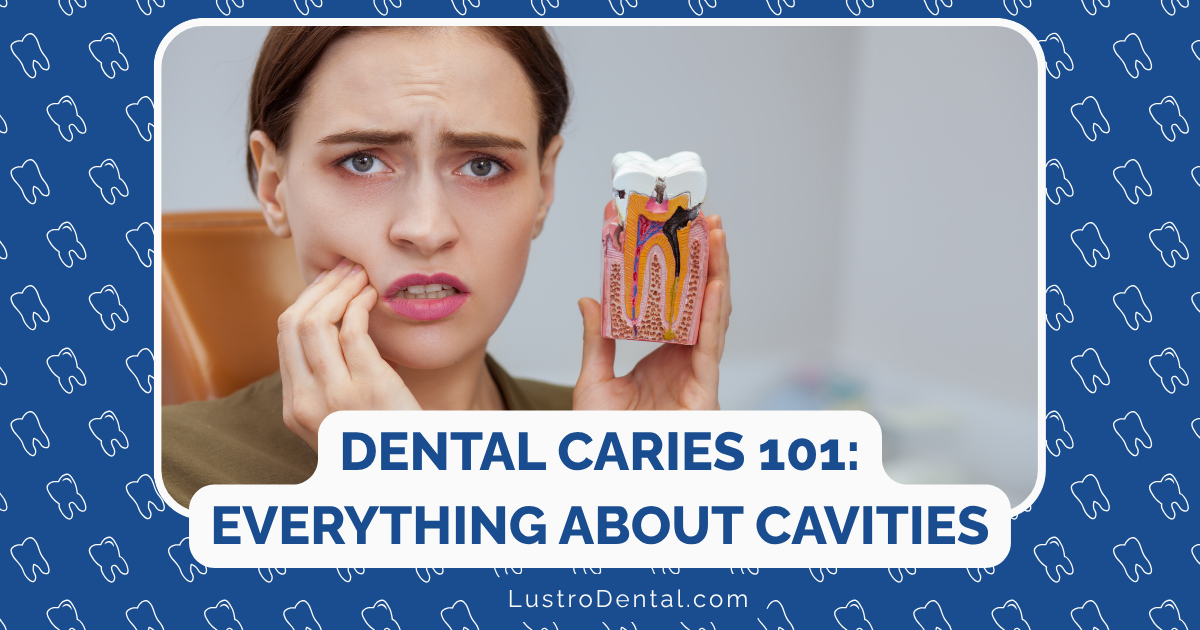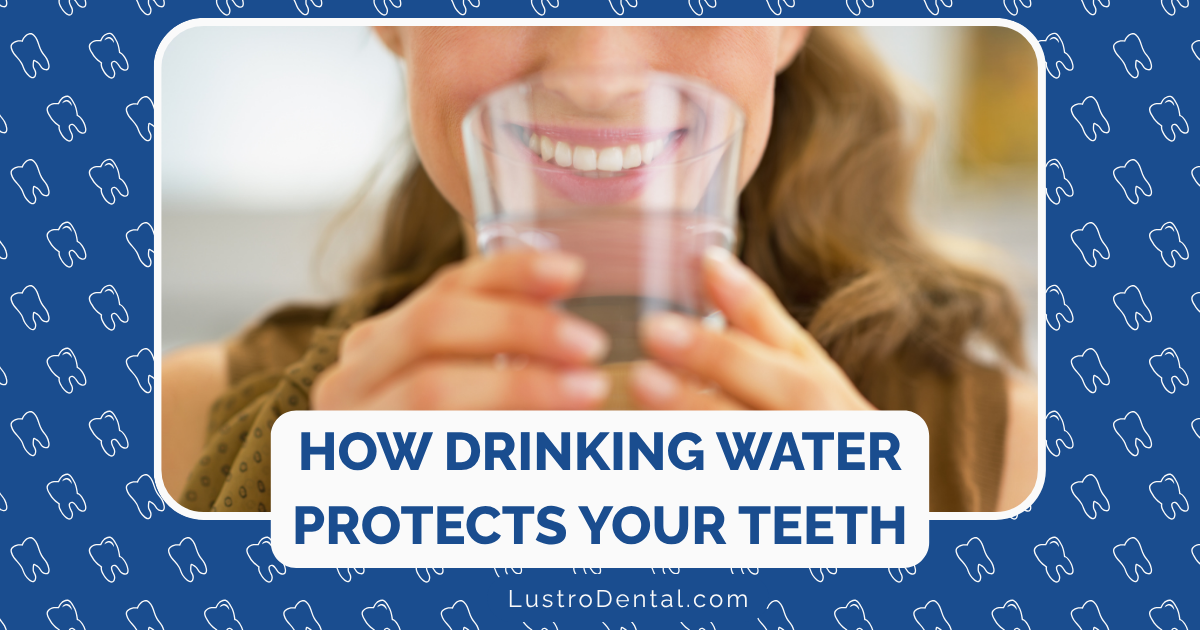New Screening Technologies That Detect Dental Problems Before They Start

Remember when dental visits were all about fixing problems that had already caused pain or damage? Those days are rapidly becoming history, thanks to a wave of revolutionary screening technologies that are transforming how we approach dental care. Today, we’re not just treating dental issues—we’re catching them before they even begin.
As someone who’s spent years helping patients understand their oral health, I’ve witnessed firsthand how devastating it can be when problems are caught too late. The good news? The dental technology landscape of 2025 has shifted dramatically toward prevention, and the results are nothing short of remarkable.
Why Early Detection Matters More Than You Think
Before diving into the technologies, let’s talk about why early detection is so crucial. When dental problems are identified in their earliest stages:
- Treatment is typically less invasive and less expensive
- Natural tooth structure can be preserved
- Pain and discomfort are often avoided entirely
- Long-term oral health outcomes improve significantly
Dr. Sarah Chen, director of preventive dentistry at University of California San Francisco School of Dentistry, puts it perfectly: “The most successful dental treatment is the one we never have to perform because we caught the problem before it developed.”
The Limitations of Traditional Screening Methods
Traditional dental screening has relied heavily on visual examination, probing with dental instruments, and X-rays. While these methods have served us well, they have significant limitations:
- Visual exams can only detect problems once they’re visible to the naked eye
- X-rays typically show decay only after it’s progressed significantly
- Many conditions remain “invisible” until they’ve already caused damage
- Subjective interpretation varies between practitioners
This is where today’s advanced screening technologies shine—they’re detecting the previously undetectable.
AI-Powered Imaging: The New Gold Standard
Artificial intelligence has revolutionized dental imaging interpretation, becoming one of the most powerful tools in preventive dentistry.
How It Works
AI systems analyze dental radiographs and images using sophisticated algorithms trained on millions of dental images. These systems can detect subtle patterns and changes invisible to the human eye.
The results are impressive. According to a 2025 study published in the Journal of Clinical Dentistry and Education, AI diagnostic models achieved a 90% accuracy rate in detecting early carious lesions—significantly outperforming human examiners.
“We’re seeing AI detect demineralization and early caries up to 18 months before they would become clinically visible,” explains Dr. Michael Rodriguez, Chief of Digital Dentistry at Boston Dental Institute. “That’s a game-changer for preventive care.”
Real-World Impact
VideaHealth’s Caries 3.0, FDA-cleared in 2025, has demonstrated a 65% reduction in false positives and a 70% reduction in diagnostic variability across providers. This means more accurate, consistent diagnoses regardless of which dentist you see.
The technology doesn’t replace dental professionals—it enhances their capabilities, allowing them to focus on treatment planning and patient care while AI handles the initial screening process.
Optical Coherence Tomography (OCT): Looking Beneath the Surface
One of the most exciting developments in dental imaging is Optical Coherence Tomography (OCT)—technology that allows dentists to see beneath the tooth surface without radiation.
How It Works
OCT uses light waves (similar to ultrasound but with light instead of sound) to create detailed cross-sectional images of teeth and soft tissues. This allows dentists to visualize:
- Early demineralization before it becomes a cavity
- The integrity of existing fillings and restorations
- Micro-cracks and structural weaknesses
- Early signs of gum disease
Perceptive’s handheld intraoral OCT scanner, introduced in 2024, has achieved an impressive 90% accuracy rate for early caries detection according to Inside Dental Hygiene.
Patient Experience
The best part? OCT scanning is completely painless and radiation-free. The small scanner moves around your mouth, capturing images in seconds. Patients can immediately see the results on a screen, making it easier to understand their oral health status.
“My patients are amazed when I show them the beginning stages of enamel breakdown that we can now treat with remineralization instead of drilling,” says Dr. Jennifer Park, a preventive dentistry specialist in Seattle. “It’s changing the conversation from ‘you have a cavity’ to ‘let’s prevent this from becoming a cavity.'”
Biofluorescence Technology: Illuminating Problems
Another groundbreaking screening method uses specific light wavelengths to make invisible problems visible.
How It Works
Biofluorescence detection systems like AIOBIO’s technology use a special blue light that causes bacteria and areas of demineralization to glow differently than healthy tooth structure. This visual distinction makes it easier to:
- Identify plaque biofilm that might be missed during cleaning
- Detect early demineralization before cavitation occurs
- Monitor the effectiveness of remineralization treatments
- Educate patients by showing them problem areas in real-time
Practical Applications
The technology is particularly valuable for monitoring high-risk patients and areas that are difficult to clean. By identifying biofilm accumulation patterns, dentists can provide targeted hygiene instructions and preventive treatments.
“When patients can actually see the biofilm glowing on their teeth, it’s a powerful motivator for improving home care,” notes dental hygienist Maria Sanchez, RDH. “I’ve seen dramatic improvements in patients’ brushing and flossing habits after showing them these images.”
Salivary Diagnostics: Your Mouth’s Chemistry Lab
Perhaps the most fascinating development in preventive screening is the ability to analyze saliva for biomarkers that indicate disease risk or activity.
How It Works
Saliva contains a wealth of information—proteins, antibodies, genetic material, enzymes, and bacteria that can reveal your current oral health status and future risks. According to the American Dental Association, salivary testing is poised to transform how we approach preventive care.
Modern salivary tests can screen for:
- Specific bacteria associated with periodontal disease
- Genetic markers for increased caries susceptibility
- Inflammatory markers indicating active gum disease
- Early indicators of oral cancer
- Enzyme levels that affect how quickly plaque forms
Clinical Applications
OralRisk tests, for example, can identify 25 genetic markers associated with dental caries and 35 linked to periodontal disease. This information allows for truly personalized prevention plans based on your unique risk profile.
“We’re moving from a one-size-fits-all approach to prevention to highly individualized care,” explains Dr. Robert Thompson of the ADA Forsyth Institute. “A patient with genetic markers for aggressive periodontal disease needs a different preventive protocol than someone with low genetic risk but high caries activity.”
Genetic Screening: The Ultimate in Early Detection
Taking personalization even further, genetic screening for oral health conditions represents the frontier of preventive dentistry.
How It Works
A simple cheek swab or saliva sample can be analyzed for genetic variants associated with:
- Periodontal disease susceptibility
- Increased inflammatory response
- Enamel formation defects
- Taste preferences that influence diet
- Salivary composition affecting cavity risk
According to Oral Health Group, genetic testing is a once-in-a-lifetime test, as your genetic makeup doesn’t change. The results provide a roadmap for lifelong preventive strategies tailored to your specific genetic risks.
Practical Benefits
Knowing your genetic predispositions allows for:
- More frequent screenings if you’re at high risk
- Customized home care routines and products
- Early intervention with preventive treatments
- Better allocation of healthcare resources
- Increased motivation for preventive behaviors
“When patients understand they have a genetic predisposition to periodontal disease, they’re much more likely to be diligent about home care and professional maintenance,” notes periodontist Dr. James Wilson. “Knowledge truly is power when it comes to prevention.”
Laser-Based Caries Detection: Precision Screening
Laser technology has significantly improved our ability to detect decay at its earliest stages.
How It Works
Systems like DIAGNOdent use a low-powered laser that, when directed at tooth surfaces, causes healthy tooth structure to fluoresce differently than decayed areas. The device measures this fluorescence and assigns a numerical value, helping dentists quantify the extent of decay.
According to Smoketown Dental, these systems can detect decay that’s invisible to X-rays and traditional visual examination, allowing for:
- Minimally invasive treatments like remineralization
- Monitoring of suspicious areas over time
- Objective measurements rather than subjective assessment
- Earlier intervention before cavitation occurs
Patient Experience
The scanning process is quick, painless, and radiation-free. The laser device simply glides over the tooth surfaces, beeping when it detects potential decay. Many patients appreciate the objective nature of the readings—there’s a clear number that indicates whether intervention is needed.
The Calcivis Imaging System: Visualizing Active Decay
One particularly innovative technology is the Calcivis Imaging System, which can actually show you where decay is actively occurring.
How It Works
The Calcivis system uses a bioluminescent photoprotein that reacts with free calcium ions released during active demineralization. When applied to teeth, areas of active decay light up, creating a visual map of exactly where enamel is breaking down.
According to Group Dentistry Now, this technology can detect pre-cavitated lesions that conventional methods miss up to 70% of the time.
Clinical Impact
The system enables:
- Real-time visualization of active decay
- Distinction between active and arrested lesions
- Better patient communication and understanding
- Targeted remineralization therapy
- Monitoring of treatment effectiveness
“Being able to show patients exactly where decay is actively occurring—and then showing them how our interventions have stopped that activity at follow-up visits—is incredibly powerful,” says Dr. Elizabeth Chen, a preventive dentistry specialist.
Integrating Technologies for Comprehensive Screening
The most forward-thinking dental practices aren’t relying on just one of these technologies—they’re combining them for a comprehensive approach to prevention.
For example, a complete preventive screening might include:
- AI-analyzed radiographs to detect structural changes
- OCT scanning of high-risk areas
- Biofluorescence imaging to identify biofilm patterns
- Salivary testing for bacterial load and biomarkers
- Laser scanning for early demineralization
- Genetic screening to establish baseline risk
This multi-modal approach provides a complete picture of your current oral health status and future risks, allowing for truly personalized preventive care.
What This Means for You: The Patient Perspective
These technologies aren’t just exciting for dental professionals—they represent a fundamental shift in what patients can expect from dental care.
Benefits for Patients
- Less drilling and filling: Many early lesions can now be remineralized rather than drilled
- Fewer surprises: Regular advanced screening means fewer unexpected dental problems
- More predictable costs: Preventing problems is almost always less expensive than fixing them
- Personalized prevention: Your preventive plan is tailored to your specific risks
- Greater peace of mind: Knowing problems are being caught at their earliest stages
- Better long-term outcomes: Preserving natural tooth structure leads to better lifelong oral health
“I used to dread going to the dentist because it always meant bad news,” shares Michael, a patient at a technology-forward dental practice. “Now I actually look forward to my visits because I can see how the preventive approach is working. I haven’t needed a filling in three years.”
The Future of Preventive Screening
The technologies discussed here are just the beginning. On the horizon are even more advanced screening methods, including:
- AI-powered intraoral cameras that automatically detect problems during routine exams
- Continuous monitoring devices that track oral pH and bacterial activity
- Smartphone-based screening tools for at-home monitoring
- Integrated medical-dental screening that connects oral health to systemic health
- Predictive modeling that forecasts oral health changes based on multiple data points
Taking Advantage of Advanced Screening
So how can you benefit from these revolutionary technologies? Here are some practical steps:
- Ask your dentist about which advanced screening technologies they offer
- Consider a preventive-focused practice that emphasizes early detection
- Check your insurance coverage for advanced screening procedures
- Don’t skip regular check-ups where these screenings typically occur
- Follow through with recommended preventive treatments when early problems are detected
The Bottom Line: A New Era in Dental Care
The days of “drill and fill” dentistry are giving way to “predict and prevent.” With these advanced screening technologies, we’re entering an era where dental problems can be addressed before they start—preserving natural tooth structure, reducing discomfort, and ultimately saving both time and money.
As Dr. Lisa Johnson, President of the American Academy of Preventive Dentistry, puts it: “The best dental treatment is the one you never need because we prevented the problem in the first place. These technologies are making that ideal a reality for more patients every day.”
Have you experienced any of these advanced screening technologies at your dental visits? What was your experience like? Share in the comments below.
This article is for informational purposes only and does not constitute medical advice. Always consult with qualified healthcare providers for diagnosis and treatment.







